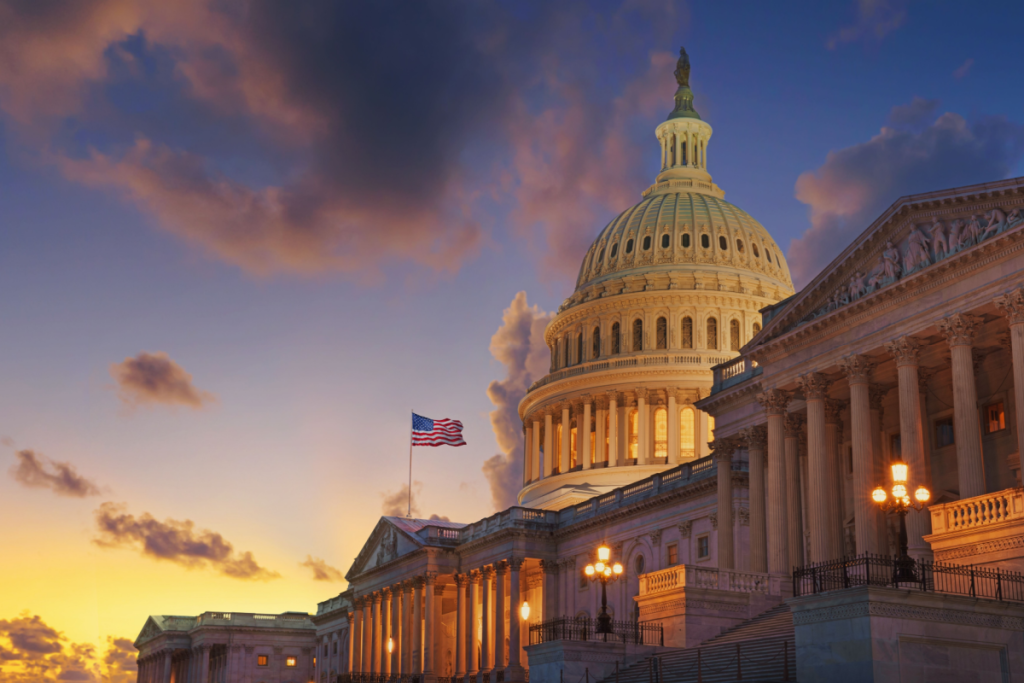Funding Impasse Triggers Closures
The U.S. federal government began shutting down after lawmakers failed to reach an agreement on extending funding past the October 1, 2025 deadline. According to the Congressional Budget Office, as many as 750,000 federal employees face furloughs without pay until Congress passes a new spending bill. Essential workers will remain on the job but also without pay until a resolution is reached.
A House-passed measure to extend funding through November 21 fell short of the 60 votes required in the Senate. Democrats have pushed for extending health insurance tax credits as part of any deal, while Republicans have resisted attaching additional measures. Both sides have blamed each other for the stalemate as the shutdown begins.
Political Fallout and Economic Impact
The standoff quickly escalated into political sparring. House Speaker Mike Johnson and Senate Majority Leader John Thune accused Democrats of dragging the country into a shutdown, pointing to a clean seven-week funding extension already approved by the House. Democrats countered that Republican leadership rejected efforts to expand health care support for families, a key demand in negotiations.
Adding to the disruption, the Labor Department confirmed that September’s monthly jobs report will not be released, nor will other economic data during the shutdown. The absence of critical labor market statistics could complicate the Federal Reserve’s interest rate decisions at its late October meeting.
Federal Workforce and Buyouts
The shutdown coincides with the departure of 100,000 federal employees who accepted a deferred resignation under the Trump administration’s “Fork in the Road Initiative.” These workers had received full pay and benefits until September 30. Their exits reduce the federal workforce further at a time when agencies are already strained by funding lapses. Another 50,000 who accepted the offer are expected to leave by year’s end.
Meanwhile, the Trump administration froze $18 billion in infrastructure funding earmarked for New York, targeting major projects such as the Hudson Tunnel and Second Avenue Subway. Officials said the decision was aimed at reviewing federal funding tied to diversity and inclusion policies, but Democrats described it as a politically motivated move against Senate Majority Leader Chuck Schumer and House Minority Leader Hakeem Jeffries.
Outlook and Uncertainty
The deadlock in Congress shows no immediate sign of resolution. Senate Democrats’ latest proposal to fund the government through October 31 with added health tax credits failed 47-53. The House measure extending funding until late November is also unlikely to reach the 60-vote threshold. With both chambers entrenched, the shutdown could stretch on, prolonging uncertainty for federal workers, contractors, and the broader economy.
For now, government services deemed non-essential remain halted, economic data collection has stopped, and hundreds of thousands of workers face financial strain. The political battle continues in Washington as markets, workers, and citizens brace for the fallout of another prolonged budget impasse.


